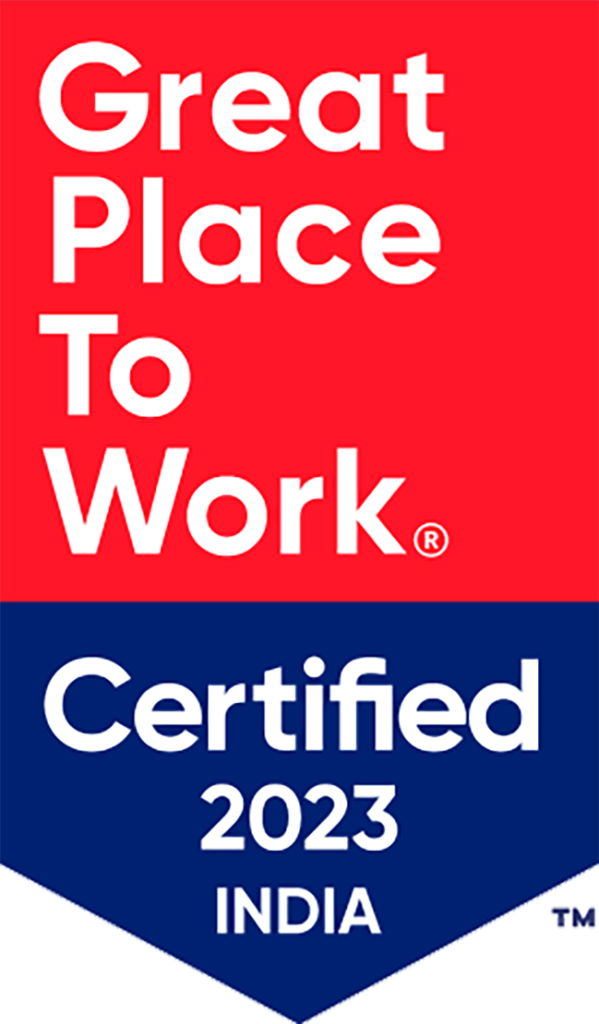If your business depends upon continuing income streams from your clients, which is the case with all MSPs, you have a straightforward choice – either you actively manage your client relationships or hand over a treasure trove to the competition. While the definition of customer relationship management varies between industries and different companies, all client-centric MSPs have one thing in common — they obsess over their client experience.
Running an MSP is a demanding job. Amid changes in technology and maintaining a profitable operation, you are required to do much more than simply address your clients’ needs. To be a great MSP, you need to create a scalable business that focuses on your clients. And to get your company’s culture client-oriented, you must make the most of these eight strategies:
1. Make them like you from the get-go
Never underestimate the role of onboarding in building good client relationships. To make the first experience a ‘wow’ moment, focus on a transparent service setup (be sure to offer them educational resources throughout). Remember, don’t dump data and to-dos on them; pace the flow of information, keep it light and be ready to answer all the questions the client may have as they navigate onboarding. Taking the extra time to listen to their needs will make them feel more valuable and is a great way to kick start things on a positive note.
2. Personalize their experiences
Artificial intelligence and the Internet of Things (IoT) are enabling businesses to personalize client interactions in a whole new way. Here, personalization cannot be confused with just up-leveling a generic experience with a person’s name. It’s about dynamically creating a personal experience at each moment — from pitching a client to contract renewal — and every moment of the journey in between. Also, consider adding a client loyalty program. Offer incentives like a month-free upgrade, early access to new services, exclusive content, and more as personalized gestures.
3. Build connected experiences
To be truly client-centric MSP, personalization isn’t enough. You must win at every client interaction, be it a marketing campaign, a call to a support center, or service delivery. Every function of your business must play its part in a coordinated fashion.
For that, you need to ensure that everyone within your MSP has a singular view of customer experience. By encouraging employees to think about customer experience in terms of “what’s good for the client” in place of “what’s good for the business,” you can take the first steps toward building a truly client-centric culture.
4. Instill trust with protecting their data
Incidents of data misuse may leave clients concerned about how their business information is being used. Though many clients are often comfortable with providing their crucial business information in return for better experiences, the onus is on you to be transparent about how this information is gathered, stored, and used, having strong privacy policies in place.
5. Actively engage with them
Since all MSPs are practically selling the same services, client engagement becomes a major competitive differentiator. Apart from offering solutions, forge strong relationships on the backbone of engaging content. Continue educating them in the form of emails, webinars, tutorials, and videos showcasing best practices and thought leadership.
To engage with them on a personal level, have frequent non-technical meetings. These meetings should focus on the strategic service you provide, moving well beyond the specific technology fixes you implemented.
6. Focus on client-centric compensation
Successful MSPs drill client-centric behavior into their employees. They often do this with a mix of metrics to measure it and compensation to drive the right attitude. Your resources’ compensation plan should align with faster response time and higher client satisfaction.
7. Exercise customer surveys
A customer satisfaction survey is a win-win for all. It makes it evident to the client that their opinion matters to you, making them feel valued. At the same time, you have actual data to figure out what exactly resonates with clients. It’s often easy to know what you do right, but learning what you could improve on can prove more difficult. A customer survey can help uncover those gaps.
To get an excellent response rate, keep it short with ten relevant questions. Start with open-ended questions to gain some qualitative answers. Don’t build a survey that is full of multiple choices and ratings. Instead, ask them what they liked or didn’t like about your service.
8. Analyze data
Client success management is about collecting and analyzing data at every touchpoint and using that data to make their experience better. As a rule, don’t focus on the number of calls; measure the average length of the call per client. The call length, rightly so, indicates how quickly you, as a business, solve problems.
Final thought: Since an MSP business cannot exist without its clients, it would not be an overstatement to say that establishing internal company culture around clients’ needs increases your business’ sustainability. By placing the client at the heart of every business function, you can achieve the desired outcome and ultimately drive more sales.







